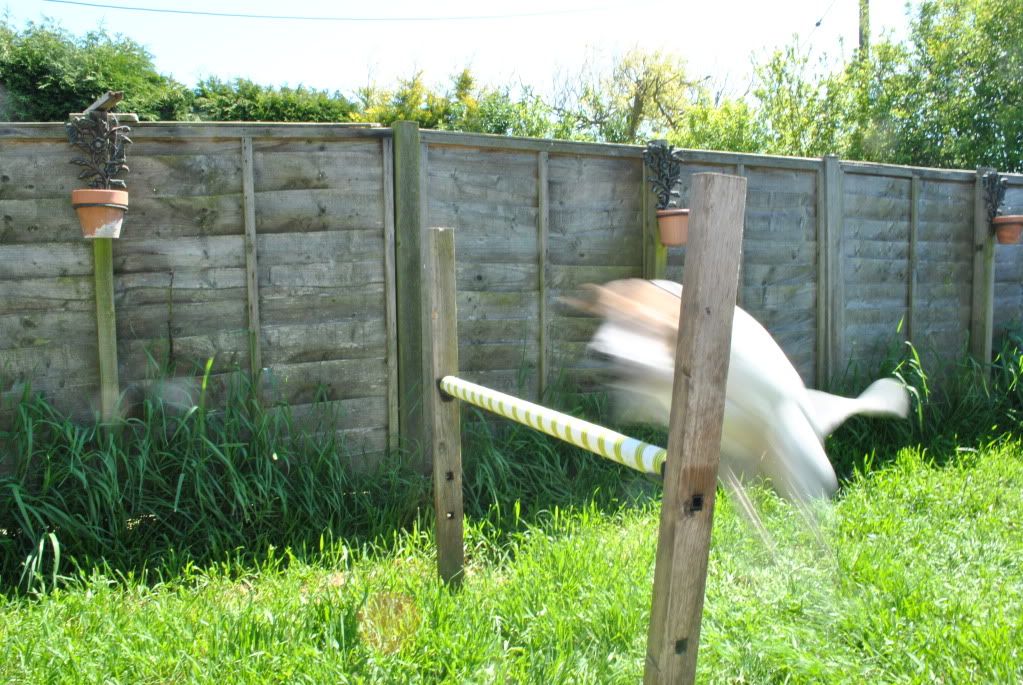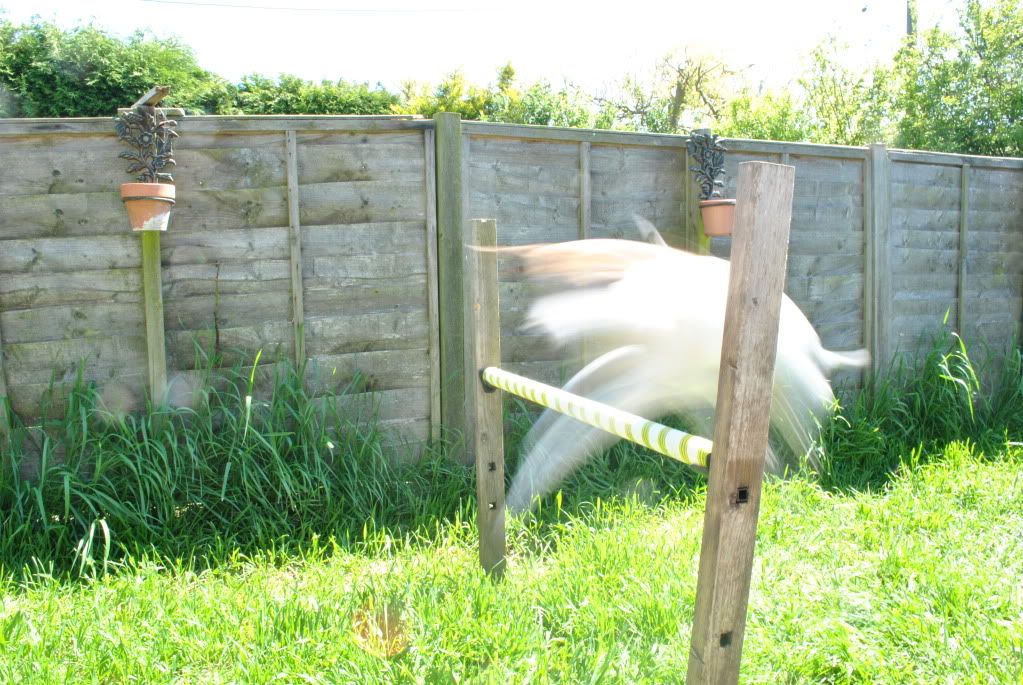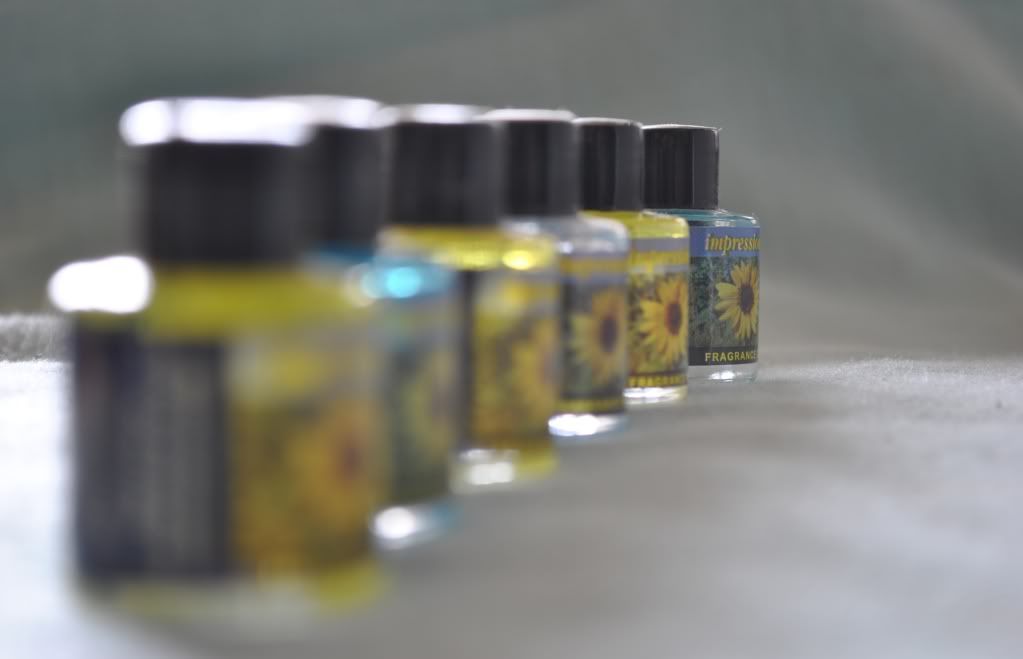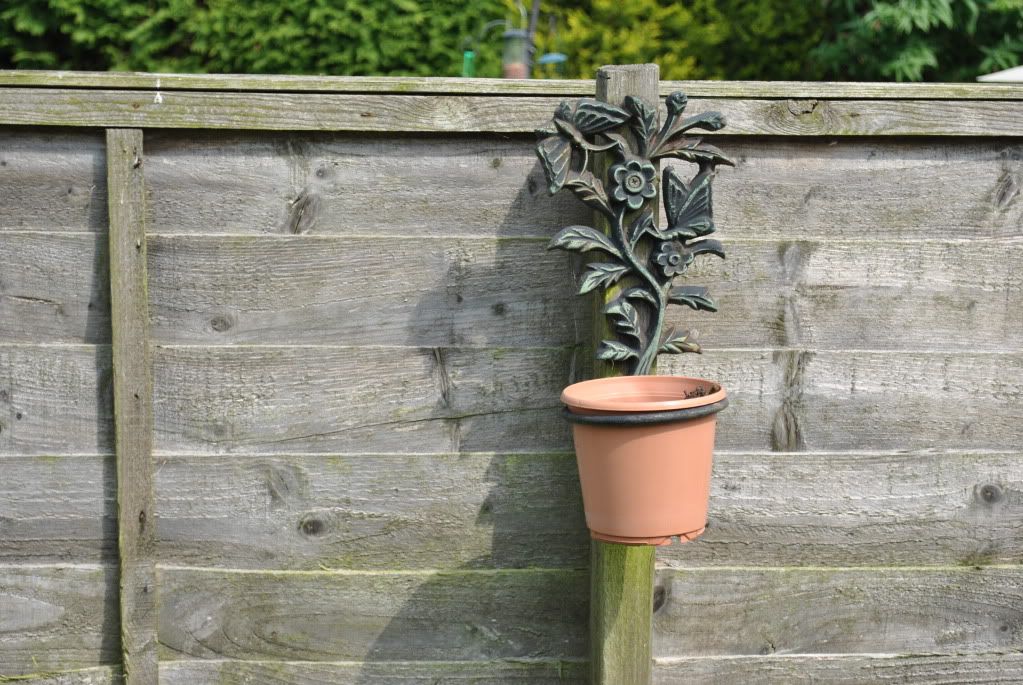Exercise 1- Fitting the frame to the subject
Aims: Take 4 photo's of the subject at different compositions- thinking carefully about how the subject is placed in 3 of them (the first is taken without much consideration for the overall outcome of the picture)
Compare the results.
Crop one of the images to find alternative possibilities.
I had thought about using a smaller subject, but the barn I came across while walking seamed ideal for demonstrating how the subject fills the frame in different compositions.
Here is the first shot, which is a baseline for the others:
This image was taken with the subject in the centre of the frame. There are distracting building and trees along the horizon and in all it's not very well composed.
Image two shows the subject fit almost exactly to the frame. I could not eliminate the space above or below the barn without cutting off the sides or cropping in post production so this was as close as I could get.
I had two idea's for the detailed shot, one was the hole in the side of the barn, and one was the window. After comparing both, I decided to show the hole in the side where you can see more detail and texture than the two previous pictures.
With the last photo, the subject had to fill only 1/4 or less of the frame. This wide angle shot shows the barn from a further distance than the others. Although it is smaller, it is still a focal point in the picture. I like this one best as it shows the barn in an isolated setting and the amount of sky included in the shot increases the sense of space and isolation. I also think placing the subject to one side helps make the photo more dynamic and interesting.
I chose to crop the 4th picture as I felt it would give be more options when thinking of different compositions.
The first is a square crop, which is quite similar to the original, but I think it gives the image a more compressed feel.
I then used a portrait 5x7 crop. I think this photo (as with all the variations of the 4th picture) would be made more interesting with interesting cloud patterns, however I think the clear sky helps to give the sense of space and remoteness.
In conclusion, this exercise has taught me to think more about composition and how different angles and views of a subject can alter our impression of the photo.



































